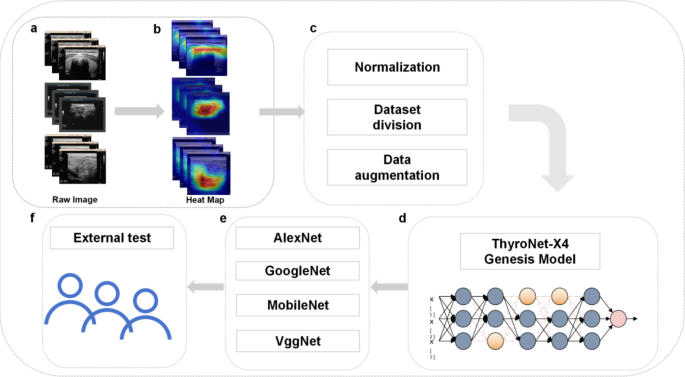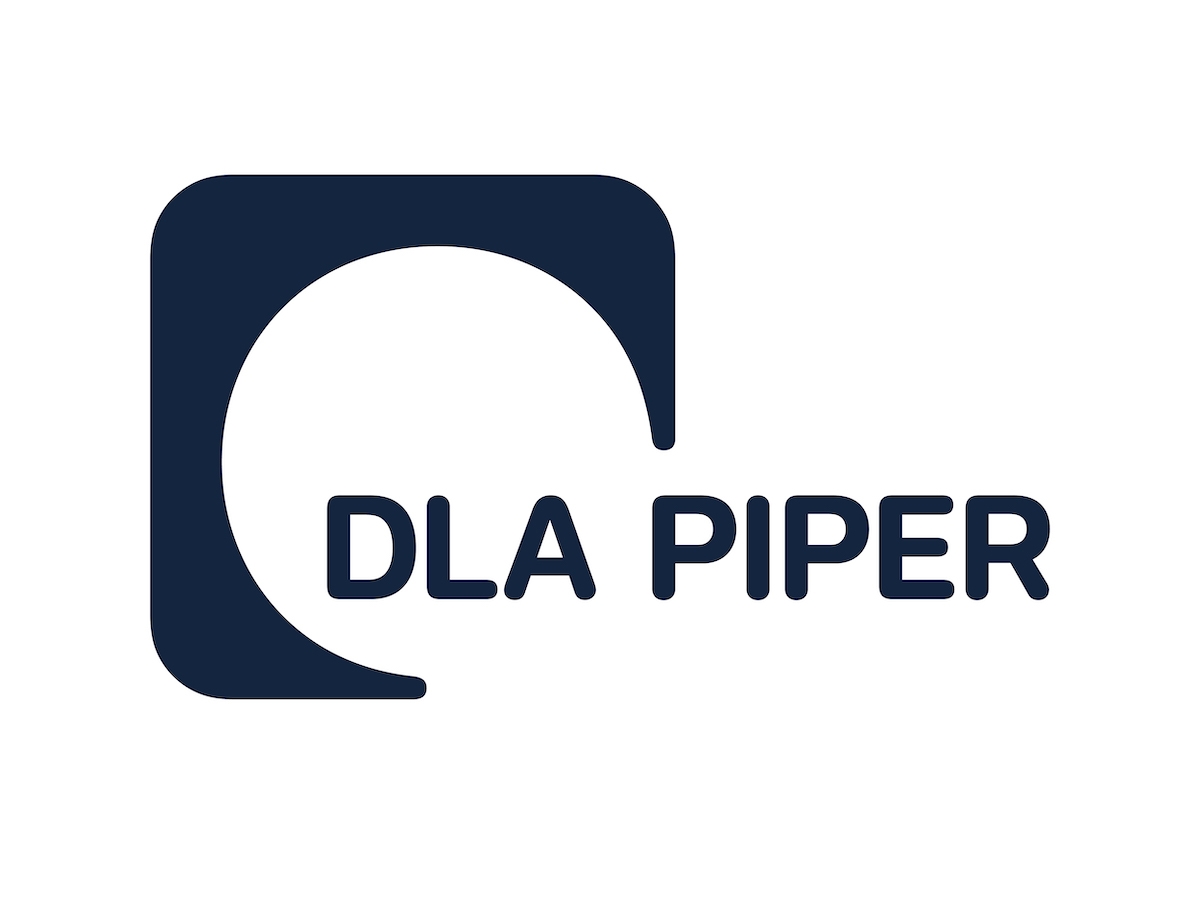Introduction Thyroid nodules are defined as space-occupying lesions within the thyroid gland that can be detected through imaging studies, differentiated from the surrounding thyroid tissue. These nodules can be benign or malignant, and according to recent epidemiological studies, up to 60% of the population have thyroid nodules1, with a malignancy rate of approximately 1–5%2. Further

Core AI technology and the foundation of future innovations: Get Gartner® report – Sonatype
Artificial intelligence (AI) is not just evolving — it is redefining software development across industries. From automating processes to optimizing decision-making, AI is accelerating the pace of innovation while raising critical challenges around scalability, security, and sustainability.
Generative AI has taken center stage in this transformation, pushing the boundaries of automation, intelligence, and adaptability.
By investing in these foundational technologies, businesses can unlock greater cost efficiencies and sustainable AI growth, ensuring they remain competitive in an increasingly AI-driven world.
Core technologies driving the next wave of AI
Adopting these core AI technologies will help enable businesses to improve decision intelligence, reduce training costs, enhance energy efficiency, and optimize AI performance.
Causal AI: Smarter decision-making
Causal AI goes beyond traditional models, identifying cause-and-effect relationships to improve decision-making in finance, healthcare, and supply chains.
-
Why it matters: Traditional AI lacks reasoning; causal AI improves explainability and predictive accuracy.
-
Business impact: Enhances economic forecasting, risk analysis, and automation.
-
Next steps: Integrate causal AI techniques to refine predictive models.
Self-supervised learning: Reducing data dependency
Self-supervised learning (SSL) allows AI to learn from unlabeled data, making models more scalable and efficient.
-
Why it matters: Eliminates reliance on costly labeled datasets.
-
Business impact: Improves AI performance in NLP, fraud detection, and medical imaging.
-
Next steps: Adopt SSL frameworks to reduce data preparation costs.
Neuromorphic computing: Energy-efficient AI
Neuromorphic computing mimics the human brain, offering real-time learning with lower energy consumption.
-
Why it matters: AI models require vast computational power — neuromorphic chips enhance efficiency.
-
Business impact: Optimizes edge computing, robotics, and IoT.
-
Next steps: Explore neuromorphic AI processors to improve sustainability.
Algorithm-aligned silicon architectures (AASA): AI hardware optimization
Tailored AI chip architectures improve computational efficiency, scalability, and performance.
-
Why it matters: Traditional hardware struggles with complex AI workloads.
-
Business impact: Lowers costs and improves speed for GenAI and deep learning applications.
-
Next steps: Evaluate next-gen AI processors to enhance infrastructure.
Stay ahead with smarter AI investments
By integrating these advancements, companies can position themselves at the forefront of AI-driven innovation and sustainability.
Organizations that embrace next-generation AI technologies will gain a competitive edge, streamline decision-making, and drive sustainable AI growth.
To explore these technologies in-depth, download the full Emerging Tech Impact Radar: Artificial Intelligence research report from Gartner.
Gartner, Emerging Tech Impact Radar: Artificial Intelligence, Annette Zimmermann, Danielle Casey, et al, 5 December 2024
GARTNER is a registered trademark and service mark of Gartner, Inc. and/or its affiliates in the U.S. and internationally and is used herein with permission. All rights reserved.

Written by Aaron Linskens
Aaron is a technical writer on Sonatype’s Marketing team. He works at a crossroads of technical writing, developer advocacy, software development, and open source. He aims to get developers and non-technical collaborators to work well together via experimentation, feedback, and iteration so they can build the right software.
Explore All Posts by Aaron Linskens



